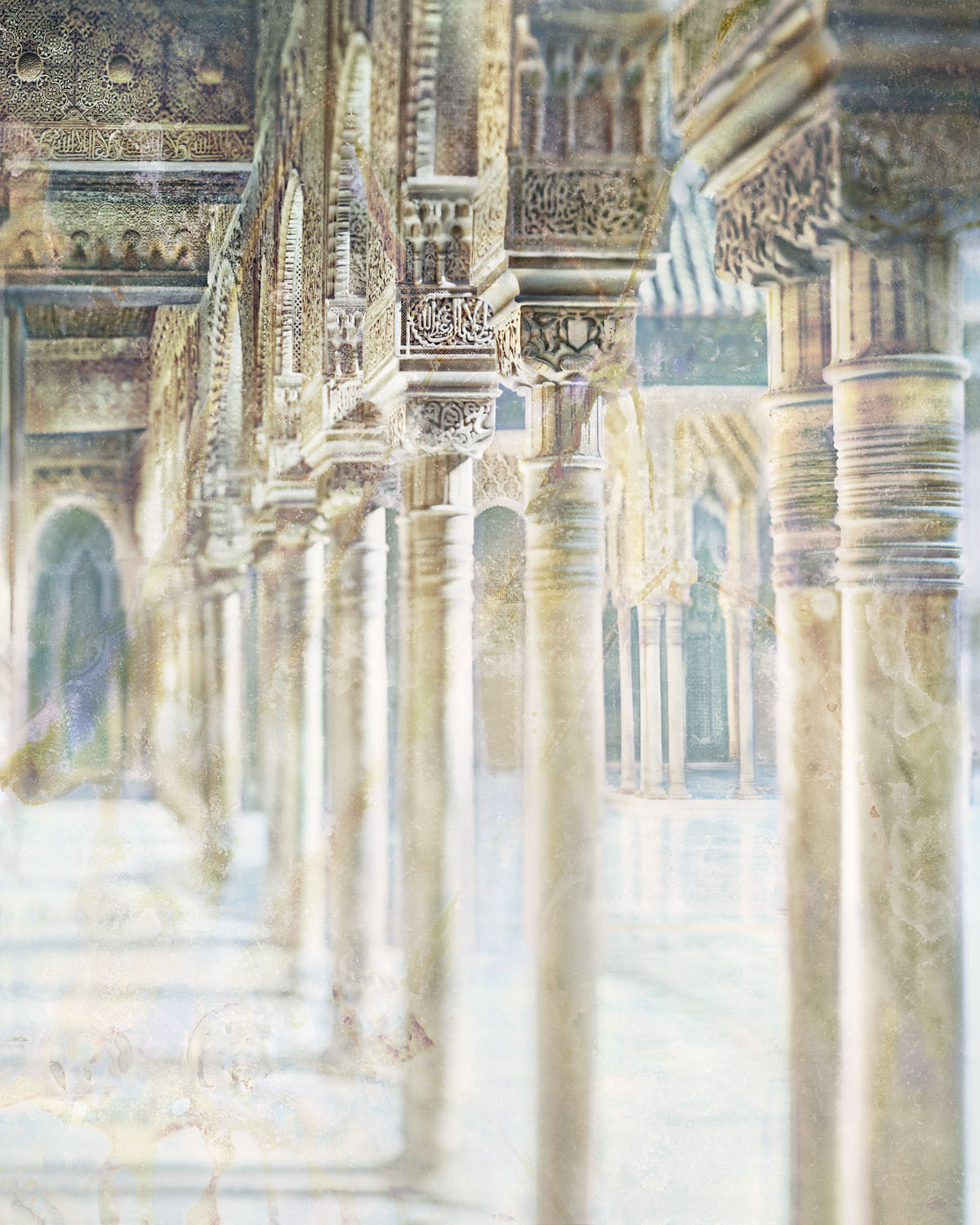 BACK
BACK
ST. Mary Church
The decision to build the Palace in the Alhambra symbolized the triumph of Christianity over Islam.
 Make your selection to discover more places
Make your selection to discover more places
Outstanding along this segment of the road is St Mary Church of the Alhambra, the building of which was completed in the 17th century on the site of the Alhambra’s Great Mosque; and the baths partially preserved in the house where composer Angel Barrios was born and lived, today a Museum in honour of the composer that evokes the intellectual ambience of the first third of the 20th century.
The building of the Temple, which took place between 1581 and 1618, was finished by the architect Ambrosio de Vico, who followed Herrera’s and Juan de Orea’s style, although with a much simpler and plainer building style than the original design had been.
With it its Latin-cross floor design and side chapels, it is noted for its outstanding Baroque altarpiece framed by large Solomon-style columns from 1671, and the Crucified Christ and the large images of St. Ursula and St. Susan, by Alonso de Mena.
Most important, however, is the Virgin of Anguish, a work of art done by Torcuato Ruiz del Peral between 1750 and 1760; at Easter, the Virgin is taken out of the Temple for the procession and borne on a beautiful Grenadian throne depicting the arches of the Court of the Lions embossed silver. Federico Garcia Lorca was a member of this Confraternity.
The Church is consecrated to the Catholic cult and is under the authority of the Archbishop of Granada.

La Alhambra, a look from Fernando Manso
MORE INFORMATION
WASHINGTON IRVING AND THE ALHAMBRA
MORE INFORMATION
THE GATE OF BIBARRAMBLA. Historical report of the monument and its rediscovery
MORE INFORMATIONTHE EMPEROR´S CHAMBERS
MORE INFORMATION
The Council of Alhambra and Generalife will refund automatically the full amount of the bookings
MORE INFORMATION





 Contact
Contact

















